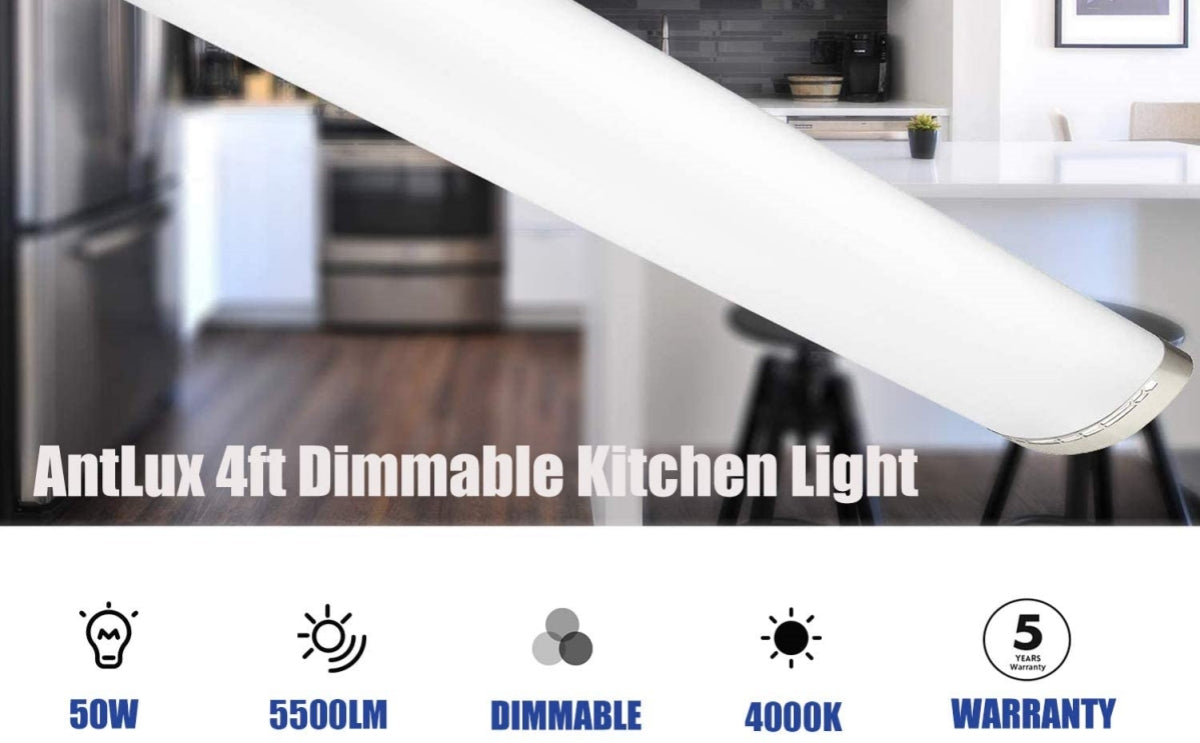LED lights have become the most popular lighting fixtures in recent years due to their high brightness, long lifespan, and high energy efficiency, which are increasingly favored by more and more people, gradually becoming the primary choice for residential, industrial, and commercial lighting fixtures. Among these LED fixtures, dimming LED lights are a rather special presence. They are more energy-efficient than ordinary LED fixtures and can adjust the brightness and color temperature range of the light, making them a preferable choice for various activities.
For this unique type of LED fixture, most people have a question: can it really save energy? With this question in mind, let me first explain to you the working principle of these dimming LED lights.
Dimming LED lights are typically controlled for brightness and color temperature through switches or sliders. When operating at full brightness, they consume the same amount of energy as LED fixtures of equivalent power. However, when a dimmable LED light is dimmed, the dimmed LED lights consumes less power, meaning it consumes less energy. Compared to LED lights operating at full brightness, dimming LED lights in this dimmed state can save energy.
Compared to traditional incandescent and fluorescent lights, LED lights have higher energy utilization rates and do not generate large amounts of heat. Dimming them can further improve efficiency. Adjusting to the appropriate brightness at the right time can not only reduce energy consumption but also create better lighting environments and provide a better experience. However, the energy savings of dimming LED lights depend on various factors, including the degree of dimming, the efficiency of the LED fixtures, and the type of dimming control used (switches, sliders, or smart sensors).
From the above content, it can be seen that dimming LED lights can save energy and offer greater flexibility in adjusting brightness. When combined with smart sensors, such as motion sensors, dimming LED lights can adjust to full brightness when someone passes by, providing ample illumination. When no one is around, they can be adjusted to lower brightness, providing sufficient light while greatly reducing energy consumption. In the long run, this can save a significant amount of energy.
In addition, adjustable LED light controlled by switches and sliders are commonly used in certain areas of supermarkets. When the intensity of natural light is insufficient to maintain clear visibility, adjusting the brightness of the LED lights can provide brighter illumination for those areas.
Dimming LED lights indeed saves energy and offers greater flexibility. By using dimming LED lights, whether in rooms, supermarkets, garages, corridors, or various public places, more energy can be saved, resulting in better economic benefits.




